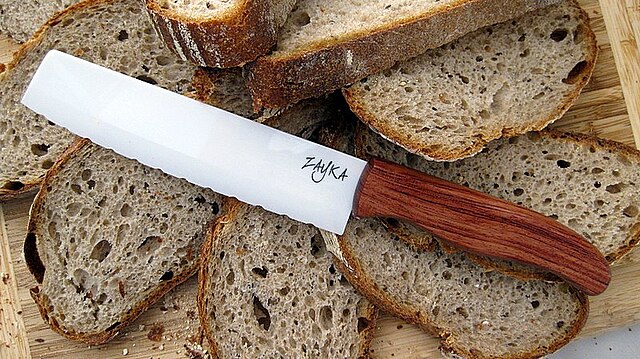Porosity or void fraction is a measure of the void spaces in a material, and is a fraction of the volume of voids over the total volume, between 0 and 1, or as a percentage between 0% and 100%. Strictly speaking, some tests measure the "accessible void", the total amount of void space accessible from the surface.
Optical method of measuring porosity: thin section under gypsum plate shows porosity as purple color, contrasted with carbonate grains of other colors. Pleistocene eolianite from San Salvador Island, Bahamas. Scale bar 500 μm.
Ceramic engineering is the science and technology of creating objects from inorganic, non-metallic materials. This is done either by the action of heat, or at lower temperatures using precipitation reactions from high-purity chemical solutions. The term includes the purification of raw materials, the study and production of the chemical compounds concerned, their formation into components and the study of their structure, composition and properties.
Simulation of the outside of the Space Shuttle as it heats up to over 1,500 °C (2,730 °F) during re-entry into the Earth's atmosphere
Bearing components made from 100% silicon nitride Si3N4
Ceramic bread knife
Leo Morandi's tile glazing line (circa 1945)





